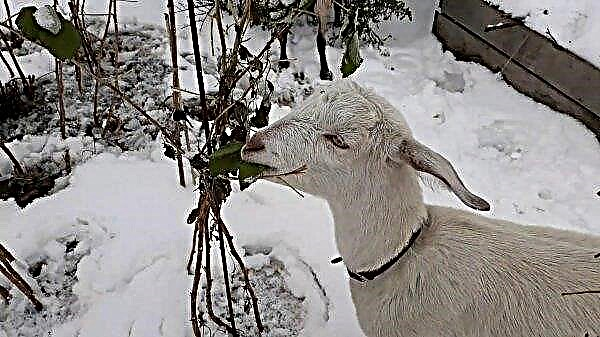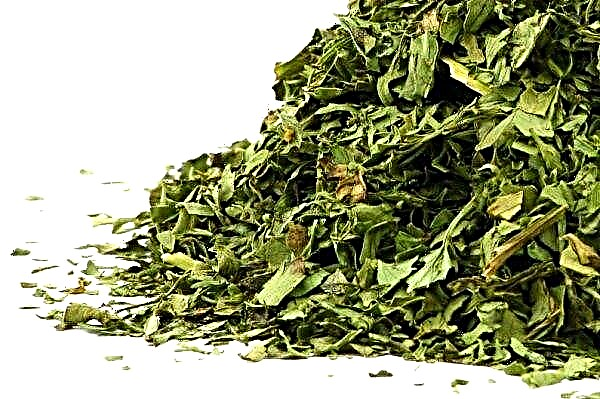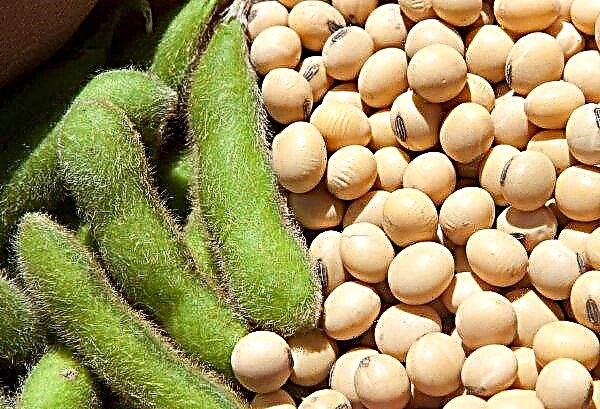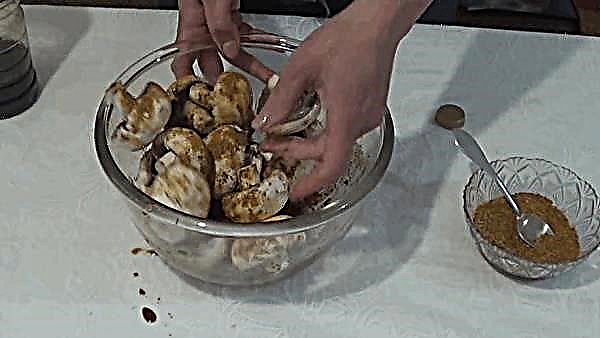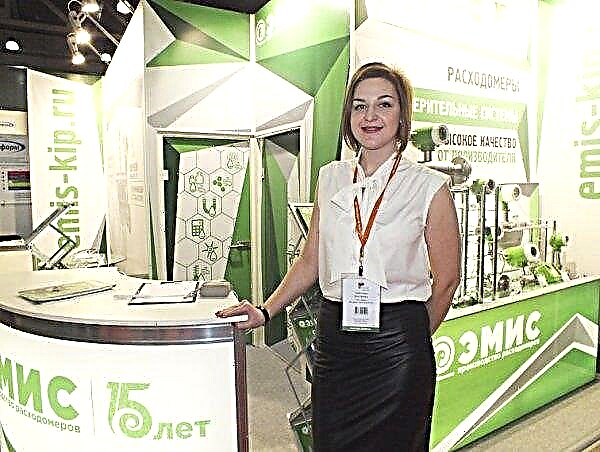Apples are one of the most popular and favorite fruits. In order for the harvest to be rich and generous, and the fruits to be tasty, juicy and beautiful, it is necessary to make the correct transplant of an apple tree: how to do this will be described later.
Why are apple trees transplanted?
There are certain reasons for transplanting fruit trees - the procedure will help preserve their fruiting, growth and further development.
Important! If the calendar dates for the autumn transplantation have arrived, but full-fledged green leaves remain on the tree, it means that vital processes continue in it — In this case, transplantation is prohibited.
Plant growers identify three main prerequisites when fairly mature plants (growing periods vary from 3 to 5 years) are transferred to another location:
- Thickened landing - This is the result of incorrect calculations and incorrect estimates of the growth and development of the root system and crown of plants. Trees that were planted too close will have a negative impact on each other's development and fruiting.
- Error in selecting and evaluating soil structure. If the soil composition can be corrected by applying top dressing or additional soil components (peat, sand, clay, etc. - depending on what kind of soil mixture was originally on the site), then with a close occurrence of groundwater or with spring flooding of the garden area, the roots of apple trees will be either rot or experience stress from improper gas exchange. Without an emergency transplant, the trees at best will begin to stop growing and not set fruit, and at worst, they may die from fungal root diseases or bacterial damage.
- Redevelopment of the garden, the construction of additional buildings on the site. Such situations, as a rule, cannot be predicted in the initial planning of cultural plantings, but they arise quite often, especially among newly-born summer residents. The main thing is to observe the rules for replanting adult trees.

Criteria for choosing a landing site
Before transplanting an apple tree, you should correctly select the place for further growth and development of the fruit plant:
- As mentioned above, groundwater, which lies close to the surface, can cause irreparable damage to the root system of the plant, therefore it is worthwhile to carefully evaluate the soil moisture at a potential landing site.
- Open purge spaces should be avoided. - trees will not be able to protect themselves from strong gusty winds, especially during the adaptation period in a new place.
- Loamy soil is ideal for apple trees. If you plant a tree in poor soils, then you should not count on a plentiful harvest. Clay, peat and sandy soils in their pure form are also not suitable.
If these criteria are met, you can be sure that the apple tree quickly adapts, grows stronger and begins to bring a rich harvest.
Important! If the personal plot does not meet the above requirements, then fertilizing, soil drainage or the construction of artificial embankments will be required.
When to transplant a tree
In order for the transplant process to go without stress for the plant, it is necessary to choose the right time for the work.
In the spring
Spring is the best time for transplanting fruit plants. The procedure must be performed before the appearance of buds on the branches. If weather forecasters admit the probability of return frosts, then you should wait with the transplant, so as not to injure the tree. At the bottom of the landing pit, the temperature of the soil should be about + 10 ° C. It is optimal to prepare a recess in the fall. The tree in the process of manipulation will inevitably lose part of the root system, since an apple tree 4 years old or more already has a rather massive rhizome and it is difficult to remove it from the ground without damage. For these reasons, it is necessary to create the most comfortable conditions for the speedy adaptation of the plant to a new place. When the pit is ready, it is necessary to pour nutritious soil into it and cover it with boards or warming materials from above.
The tree in the process of manipulation will inevitably lose part of the root system, since an apple tree 4 years old or more already has a rather massive rhizome and it is difficult to remove it from the ground without damage. For these reasons, it is necessary to create the most comfortable conditions for the speedy adaptation of the plant to a new place. When the pit is ready, it is necessary to pour nutritious soil into it and cover it with boards or warming materials from above.
Fall
Experienced gardeners advise replanting an apple tree in late autumn, around October. Sap flow during this period is greatly slowed down, as the tree is preparing for winter rest, and there is no need to support the growth and development of fruits and leaves. But if the autumn was dry, without heavy rainfall, then it is best to postpone the transplant for the spring period - without enough moisture the apple tree will not be able to survive a long winter.
The nuances of the autumn transplant:
- the tree should completely discard the foliage, the fruits should be removed;
- transplant activities must be completed 14 days before the onset of stable frost.

In summer
In the summer months, experts do not recommend transplanting plants, since such a process will be most traumatic for the plant. But there are exceptions to each rule, so you should keep in mind that one-year (maximum three-year-old) apple trees can be transferred from one place to another if necessary. However, a favorable result of a summer transplant is not guaranteed.
Preparatory work and the necessary set of tools
It is very important to rationally organize the process of transshipment of the plant so that it passes as quickly as possible and with the least damage to the apple tree.
Necessary tools
We prepare the necessary inventory and related materials:
- garden shovel;
- pitchfork;
- scrap;
- wooden plank;
- gardening scissors;
- stakes made of wood or metal;
- strong rope;
- piece of dense fabric (tarpaulin).
Since we are talking about transplanting a massive tree, the participation of several people is necessary.
Preparing the tree and transplant site
In order not to damage the plant, it is necessary to correctly pre-prepare for transshipment:
- shortening healthy branches before transplanting - If you ignore this manipulation, then there is a risk that the transplanted plant will dry out the shoots. This procedure enhances the defenses of the tree;
- removal of dry and damaged branches. Slices are processed using special healing substances (garden var, oil paint).
It is necessary to prepare in advance a hole in which you will plant an apple tree. Experts recommend digging a hole at least two weeks before the intended event. A layer of fertile soil is laid at the bottom of the pit, fertilizers are filled up - compost, manure, moisturized intensively.
Tree transplant process
The process consists of two important procedures: extracting a fruit crop from a stationary growth site and moving it to a new location.
Digging technology
The 5-year-old apple tree must be transplanted collectively so as not to damage the massive root system.
Did you know? To ensure the normal functioning of the thyroid gland, it is enough to eat the seeds of one apple, which contains the daily norm of iodine.
The procedure is as follows:
- two days before transplanting, the plant is abundantly watered;
- mark the orientation of the tree relative to the cardinal points;
- dig a tree - the deeper the digging is carried out, the more then you will have to round off a lump of earth;
- under a lump of earth as a lever they put a crowbar, a board and lift it, while inspecting it;
- roots protruding beyond the coma must be cut with sharp scissors;
- using the lever, the plant is completely removed to the surface and, placing it on a tarp, is transferred to a new landing site;
- experts recommend making a mark on the trunk in the place where it is in contact with the ground.

Landing at a new place
Around the plant, it is necessary to drive in stakes for subsequent fixation of the trunk, fill the free space of the pit with humus, mulch the soil surface, and securely fix the apple tree to the supports. Carefully refer to the orientation of the tree relative to the cardinal points - it is necessary to observe it in a new place, so that it is easier for the plant to go through the adaptation process.
After moving on the apple tree, branches damaged during transhipment are removed, and the sections are processed by garden var. Mature trees (4 years or more) need especially careful care, otherwise the plant may die in a new place.
Features of transplanting various types of apple trees
Almost all apple trees are planted according to one pattern, but there are slight differences for each species.
Columnar
The columnar apple tree is transplanted using standard technology. The most important thing is not to damage the root system - when digging out, you need to form a holistic and dense lump. The most appropriate time for transshipment is the beginning of April. Please note that apple trees of this species do not take root well in too wet soil, so it is important to provide them with good drainage.
Video: transplanted colon-shaped apple trees
Dwarf
Dwarf varieties of plants can be planted both in the shade and in the open. However, it is worth remembering that the distance between them should be at least 3 m. After transplanting, you need to compact and mulch the soil surface. Around the pit is a recess for irrigation.
Game
The wild apple tree perfectly survives in the spring, so it is necessary to transplant the plant in early March. Experts advise organizing a place for future planting for this tree, which is closest to the conditions of the previous growth.
Did you know? The maximum amount of vitamins is in green unripe fruits. In the process of ripening, apples lose a certain amount of nutrients.
Tree care after transplanting
A transplanted tree, especially in adulthood, needs special care, and the recommendations of experienced specialists will help the fruit plant to take root faster in a new place.
- The tree needs to be watered often, namely once a week (during spring planting).
- After landing, in the first year you should not dig up the soil.
- The soil must be mulched with humus and peat.
- For winter, the trunk must be insulated and protected with a non-woven material, roofing material or lapnik.
- In spring, you need to trim the branches for their early update.
- After the tree is transplanted, in the first year it is necessary to remove flowers from it.
 Given the above tips and recommendations, it is possible to transplant an apple tree in adulthood, and observing simple agricultural techniques will not only save, but also increase the fruit tree yield.
Given the above tips and recommendations, it is possible to transplant an apple tree in adulthood, and observing simple agricultural techniques will not only save, but also increase the fruit tree yield.

